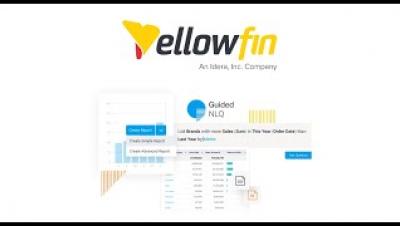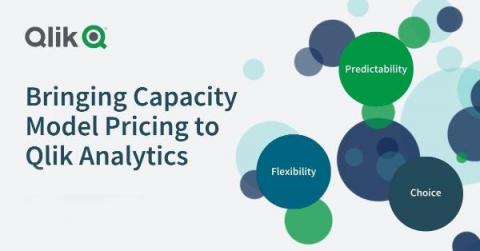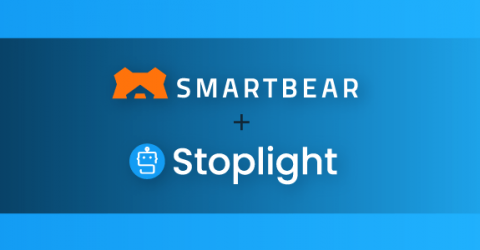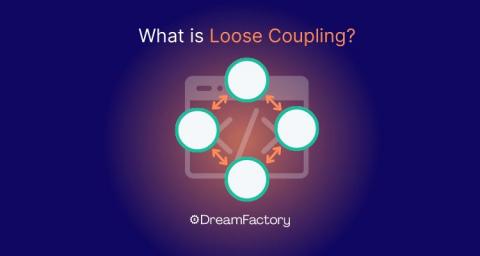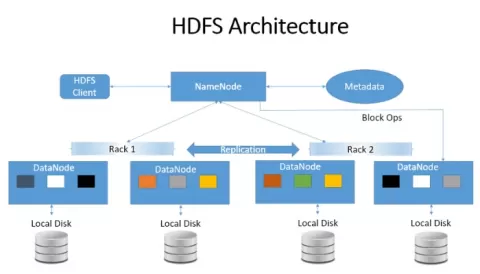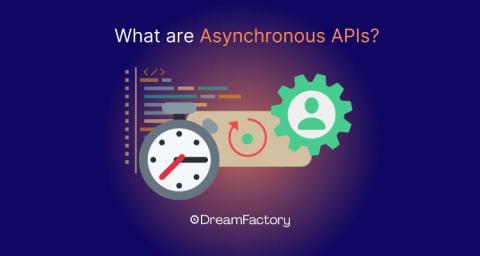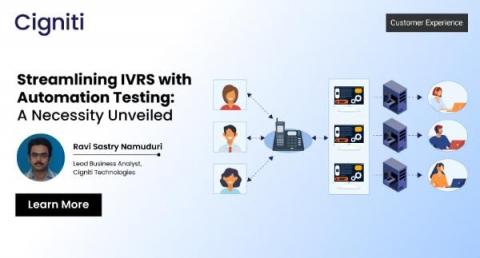ThoughtSpot's new In-App Support empowers data confidence for all users
In the past, it was commonly believed that only administrators or designated support contacts benefited from live product support. But that shortsighted view fails to acknowledge the reality that every user—be you an occasional business user, tenured analyst, or in-the-weeds IT administrator—can encounter roadblocks and require assistance. That's why our new In-App Support is available to all users worldwide, regardless of their role.



